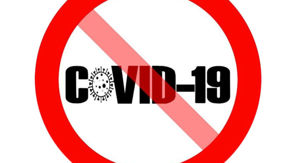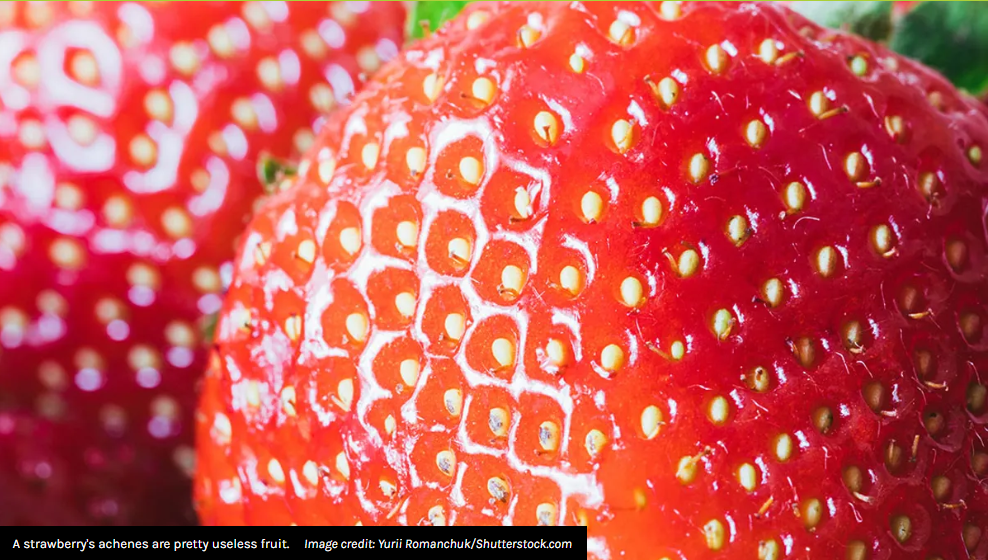3 min read//
The taxonomical world of fruits, vegetables, and berries can get pretty confusing. Grapefruits and pumpkins, for example, are technically berries, while the humble strawberry isn’t a berry at all. In fact, it seems strawberries are full of surprises, or rather covered in them, because those seedy-looking white dots also aren’t seeds.
The pitted accessories found across the surface of strawberries are called achenes, and while they may resemble seeds, these tiny dots are actually the plant’s fruit. The term “achene” refers to the simple dry fruit produced by many different flowering plant species, including quinoa, buckwheat, and cannabis.
Like all fruits, these achenes do contain a single seed inside, but the strawberry plant won’t necessarily use these to reproduce.
Instead, strawberry plants send out “runners” as they grow, essentially little strawberry clones that will take root and begin growing when they reach the ground. This is a much more efficient way for the plant to spread and can also be observed in species like spider plants and peppermint.
So, if the strawberry isn’t the fruit of the plant, and it’s not a berry, then what is it?
Hailing from the family Rosaceae, along with the common garden rose, strawberries are technically aggregate fruits, as are the equally deceptive raspberry and blackberry. Aggregate fruits consist of a number of smaller fruits grouped together – in the strawberry’s case, these are the achenes – but to be classified as a true berry, the fruit must contain more than one seed internally.
The scientific classification of a berry requires the fruit to be made up of an outer skin (exocarp), a fleshy middle (mesocarp), and an inner casing that holds the seeds (endocarp). However, if you fancy taking the less pedantic route, the common use of the term “berry” can technically be classed as any edible, fleshy, seed-containing fruit.
Berries are derived from a single ovary of an individual flower and are made up of two distinct groups. Citrus fruits belong to the taxonomic group hesperidium and are classified as modified berries, while the Cucurbitaceae family (including gourds, cucumbers, and watermelon) comprise the pepos group of berries.
Strawberries, unlike the true berry group, are actually the swollen receptacle tissue that holds the seed-carrying fruit on its surface. Unlike other fruits, when the strawberry flower is pollinated the fruit doesn’t swell; instead, the receptacle tissue swells, while the true fruit separates into small, dry achenes.
The unusual life cycle of these berry imposters means they’re lumped in with the rest of the fruity outcasts in the aggregate fruit category, along with the drupe classification of one-seeded freaks.











